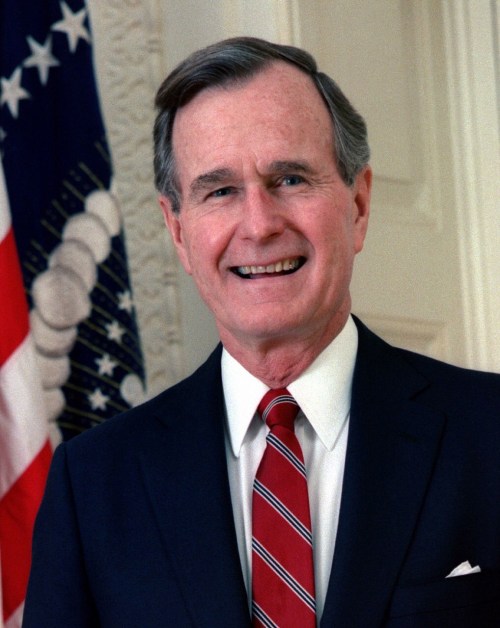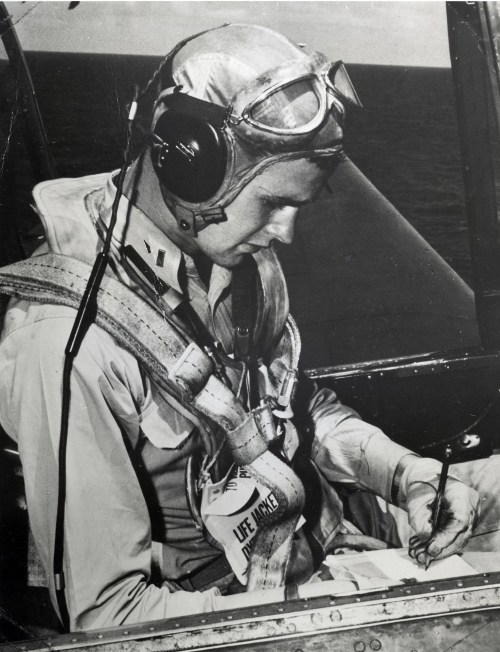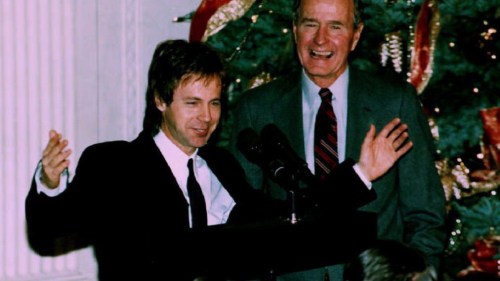
Friends of Padre Steve’s World,
Last night I wrote about the opening engagement of the Naval Battle of Guadalcanal. Despite the heroic battle to protect the Marines on Guadalcanal I the early morning hours of November 13th, the situation in the White House was akin to the setbacks at Omaha Beach a year and a half later. The temptation to withdraw the Marines who had already won a foothold on the island and who had withstood several major Japanese assaults was strong, but time played a role that superseded American political realities.
IJN Kinugusa
On the morning of the 13th, following the defeat of Rear Admiral Hiraoki Abe’s Force, Vice Admiral Nobutake Kondo pressed home the attack. On the 13th, his transport force, carrying the Imperial Army 38th Division, protected by the destroyers of Rear Admiral Gunichi Mikawa ran the gauntlet of Marine Corps, Navy, and Army Air Force aircraft stationed at Henderson Field which according to the Japanese plan should have been rendered inoperative on the night of the 12th and 13th. Mikawa pressed ahead despite heavy losses and though losing seven of the eleven transports landed a sizable number of troops on Guadalcanal despite losing most of their supplies and equipment.
As the sun set on the night of the 13th another bombardment Force under Rear Admiral Shoji Nishimura came in under the cover of darkness to fire 500 eight inch shells at the airfield. Damage was moderate, some aircraft were destroyed, but Henderson Field Remained in action, its aircraft continuing to inflict heavy casualties of the Japanese landing forces, and their escorts, including the heavy cruisers Kinugusa, Maya, Chokai, and Suzuya, light cruisers Isuzu and Tenryu, and six destroyers. Mikawa sent Maya and Suzuya to shell Henderson Field while his other ships attempted to screen the transports. In the following action seven of the eleven transports were sunk, with many of their troops transferred to destroyers which delivered them to Guadalcanal without most of their supplies and equipment. During his withdraw, most of Mikawa’s ships were damaged by aircraft from Henderson Field, including Kinugusa which was mortally wounded by Marine and Navy aircraft from Henderson Field and USS Enterprise.
IJN Battleship Kirishima
Despite the losses and under pressure from Tokyo to retake the Guadalcanal, Admiral Yamamoto ordered Admiral Kondo, with a reconstructed bombardment Force to attack Henderson Field. That task force was centered on the battleship Kirishima, though Kondo’s flagship was the heavy cruiser Atago. This force was more powerful than Abe’s, with one battleship, 2 heavy and 2 light cruisers as well as nine destroyers.

By now the Americans were rushing to get every available ship to Guadalcanal, despite the doubts that it could hold. Against the advice of many officers, Vice Admiral William “Bull” Halsey directed the battleships USS Washington and South Dakota, along with the destroyers USS Preston, Walke, Benham, and Gwin none of which had operated together before until that night. The battleships were selected because nothing else was available, the spdestroyers, each because they had more fuel. They were under the command of Rear Admiral Willis Lee aboard Washington.

Early in the morning of the 15th the task forces of Kondo and Lee joined battle. The US destroyers, operating in the van succeeded in their task of screening the battleships at heavy loss to themselves. Preston, Walke, and Benham were sunk or mortally wounded. The South Dakota was put out of the action by a mistake by her Chief Engineer coupled with accurate Japanese gunfire. Now operating alone and undetected, Washington opened fire on Kirishima hitting her with between 9 and 20 16” shells. Mortally wounded Kirishima became the second battleship lost by the Imperial Navy in the war. Kondo retreated, and the following morning the four surviving transports beaches themselves under air attack from Henderson Field.
 Washington Firing and Broadside at Kirishima
Washington Firing and Broadside at Kirishima
From that point on Japanese missions were limited to resupply of forced on Guadalcanal or their evacuation. Many other bloody battles remained to be fought, it after November 15th 1942, the issue of who should control Guadalcanal was not no longer in doubt.
Peace,
Padre Steve+







